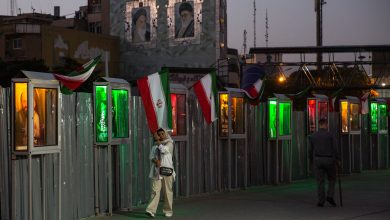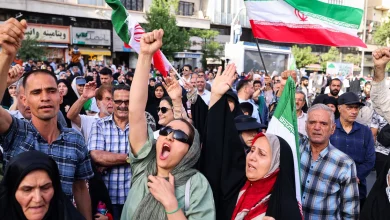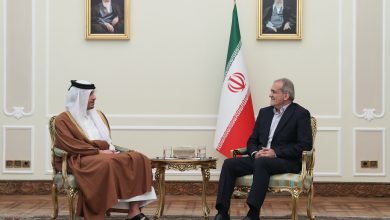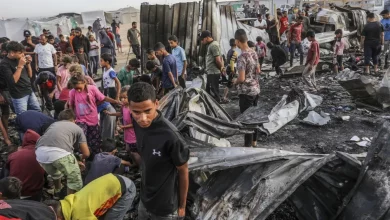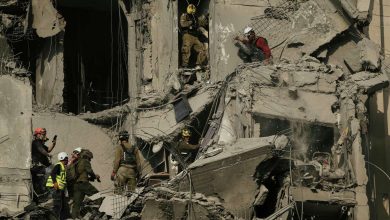The Contribution of Women to Iran’s Islamic Revolution
Women were instrumental in securing the success of the Islamic Revolution, actively participating in demonstrations, mobilizing grassroots efforts, and challenging prevailing norms. Their involvement significantly contributed to the transformation of Iran's political and social framework.
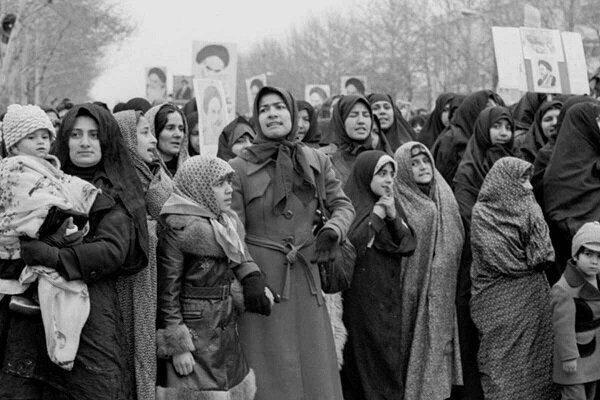
The 1979 Islamic Revolution in Iran marked a significant turning point in modern history, fundamentally altering the country’s political, social, and cultural dynamics. The involvement of women played a critical role in the revolution’s triumph, underscoring their essential contributions to its success.
Women in Iran from various sectors of society were actively involved in protests, community mobilization, and significant roles within underground resistance activities. Their participation was not limited to public demonstrations; they were also engaged in political discussions and provided support to revolutionary forces. By defying societal norms, these women challenged the monarchy and demanded change, showcasing their resilience and dedication to the ideals of the Revolution.
This analysis delves into the multifaceted contributions of women to the success of the Revolution, underscoring their sacrifices, organizational acumen, and enduring influence on Iran following the Revolution.
The Emergence of Female Political Consciousness During the Pahlavi Era
During the reign of Mohammad Reza Pahlavi, Iran experienced swift Westernization as part of the White Revolution initiated in 1963. The regime’s authoritarian measures, characterized by the political suppression executed by the secret police, SAVAK, and deepening economic inequalities, led to mounting public dissatisfaction. This climate of unrest saw women from various societal backgrounds gravitating towards the burgeoning opposition movement spearheaded by Ayatollah Ruhollah Khomeini.
Women’s Involvement in Demonstrations Against the Shah
Following Ayatollah Khomeini’s exile in 1964, women increasingly engaged in demonstration activities, with their involvement reaching significant heights in 1978 amid widespread national protests. Women from diverse backgrounds, including students, housewives, and intellectuals, mobilized in the streets, orchestrating rallies and disseminating leaflets to voice their opposition to the Pahlavi regime. The image of women clad in black chadors, vocally condemning the Shah, emerged as a formidable emblem of resistance during this tumultuous period.
Significant Milestones Highlighting Women’s Contributions
A pivotal event underscoring the crucial involvement of women in the revolution was the demonstration on September 8, 1978, referred to as Black Friday. On this day, thousands of demonstrators assembled at Jaleh Square in Tehran, where military forces opened fire, resulting in the deaths of numerous individuals. Some accounts suggest that 64 people lost their lives that day, among them two females: an adult woman and a young girl.
The martyrdom of these individuals intensified the resistance against the Shah’s regime. Women were instrumental in the subsequent mourning ceremonies, employing religious and cultural traditions to maintain momentum in the protests against the Pahlavi government.
A pivotal event in the revolutionary movement occurred in December 1978, marked by large-scale demonstrations during the sacred month of Muharram. Millions took to the streets, including an unprecedented number of women, highlighting the revolution’s grassroots essence. The religious symbolism of Muharram, which honors the martyrdom of Imam Hussein, struck a chord with Iranian women. They perceived their fight against the Shah as an extension of this historic opposition.
Women participated in Muharram mourning ceremonies with significant fervor, actively joining in protests by voicing chants and articulating religious and social sentiments. Their involvement, especially through poetry, prose, and various artistic and cultural expressions, highlighted their substantial engagement in the political and social challenges of the period.
Women who actively engaged in Muharram ceremonies strengthened their religious and national identities, using these activities to foster solidarity across societal groups. This participation illustrated how religious values and beliefs could become tools of resistance against authoritarian regimes.
**The Role of Women in Shaping the Islamic Revolution**
Women were instrumental in spreading the messages of the Revolution, skillfully navigating the oppressive environment of the time. They cleverly disguised Imam Khomeini’s sermons as lullabies or everyday household chatter to elude detection by SAVAK, the regime’s secret police. Many women transformed their homes into centers for political dialogue, where they organized protests and offered medical assistance to injured protesters. Female students and intellectuals contributed significantly by writing articles and delivering speeches, clearly articulating the Revolution’s objectives and inspiring greater female participation in the movement.
**Significant Role of Women in the Overthrow of the Shah**
The group played a crucial role in supporting striking workers, coordinating logistics for protest movements, and occasionally confronting security forces. Their unwavering commitment significantly contributed to the Revolution’s success, ultimately leading to Imam Khomeini’s return from exile on February 1, 1979, and the eventual downfall of the Pahlavi regime on February 11, 1979.
Women were pivotal in the triumph of Iran’s 1979 Islamic Revolution, actively challenging the monarchy and playing a decisive role in the establishment of the Islamic Republic. Through their activism, sacrifices, and strategic planning, women demonstrated formidable political resolve, significantly impacting this historic transformation. Their involvement serves as strong testament to their resilience and influential presence in the annals of Iran’s history.

